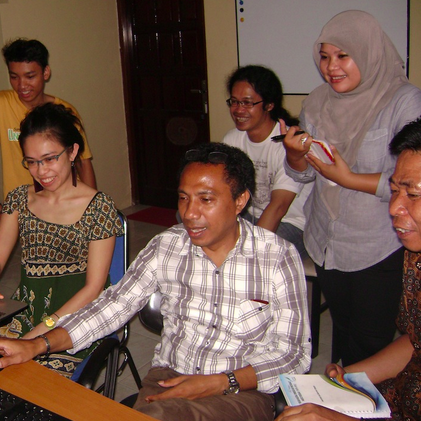
OpenIR and the Need for Diverse “Inventors”
It’s Throwback Thursday: while I’m getting this new blog up and running, it means a dip into previous posts I’ve written for other blogs. This week: a post I wrote for the MIT Media Lab Diversity blog, which I also set up and launched before leaving Cambridge last year. Now that the Media Lab has hired a dedicated diversity officer, especially since that officer is the incredible Monica Orta, I’m really excited about the prospects of the blog to reignite.

Much of the diversity-related work at the MIT Media Lab takes place beyond the boundaries of the Media Lab (ML), MIT, and even beyond the borders of Massachusetts and the United States.
I’m Arlene Arlene Ducao, and when I came to the ML in 2011 to study in the Information Ecology group, I hoped to introduce a stronger social consciousness and global element to my research. Having previously worked with scientists and technologists for years, I’d come to believe that social and global consciousness is necessary for research to have relevance in the long term. MIT, and particularly ML, seemed like a great place to connect with others researching creative technology.
OpenIR (Open Infrared, http://openir.media.mit.edu), my Master’s thesis project, is a set of tools that make infrared satellite data more accessible and useful for crowdmapping applications. Its initial study area was Indonesia, namely the flood-prone city of Jakarta, deforested regions of West and Central Kalimantan (Borneo), and the volcanic city of Yogyakarta. Because Indonesia lies at the intersection of economic development and many kinds of ecological vulnerability, it is the home of several organizations that supported OpenIR when we traveled to the country to conduct usability studies: UN Global Pulse, Humanitarian OpenStreetMap Team, Ruai TV, AMAN (Indigenous Peoples of the Indonesian Archipelago), and many more. Indonesia is also in Southeast Asia, my ancestral home, so the project also involved a level of personal exploration for me. My weekly photojournals, fieldwork report, and personal reflections are documented on the OpenIR site. OpenIR was supported in large part by the MIT Public Service Center, one of the institute’s best resources for supporting international development work. OpenIR was also the major effort of team members Ilias Koen, Juhee Bae, Barry Beagen, several undergraduate CS students, as well as Indonesia-based community partner Harry Sujadi, and advisers Henry Holtzman, Lela Prashad, and Steve Chan. I consider all of these people, and many more in the U.S., Indonesia, and Africa, to be “inventors” on the OpenIR project.
Since Stuart Brand’s 1988 book about the Media Lab, “Inventing the Future” is a catchphrase commonly associated with the Lab. But who is inventing the future? Who should be inventing the future? Is it a small group of Western-educated people with elite backgrounds and resources, creating products that the rest of the world is meant to passively receive? While few people today would admit that they believe this to be the case, this kind of thinking is still prevalent in the research and practice of many technologists. I’m not immune to this; I struggle to resist notions of elitist, hierarchical thinking that are highly disassociated with my own minority, immigrant, working class ancestry. I find that the most effective way to work through these notions is to think of myself, my research, and my work groups, even groups as large and influential at the Media Lab, as tiny parts of a vast global tapestry. Every person in that tapestry is inventing something that is well worth learning. Perhaps this tapestry-like connectedness is related to what ML Director Joi Ito means when he discusses ML as a “platform, not a container.” A search for new kinds of connectedness, with inventors too often ignored or at least underrepresented, is major part of what fuels OpenIR, my field work to Indonesia, and my involvement with ML’s Diversity initiatives.